The November economic statistics are available and it shows an active Australian Second Life population of 11,982, a whole seven more the September figure of 11,975 (Linden Lab didn’t release anything for October until the update today).
Once again Australia remains in 11th place world-wide, which is 2.21% of the overall vatar count. Given that this time last year the population explosion was well under way, it’s fair to say that things are stagnating a little from the Australian perspective. The Xmas / New Year break may lead to some more sign-ups or we may end up with more of the same. Have we reached saturation point in Australia? I wouldn’t have thought so but the argument that it’s seasonal is getting tenuous given the period of time it’s been going on.
Update: New World Notes has an interesting discussion on the plateau phase Second Life has reached.
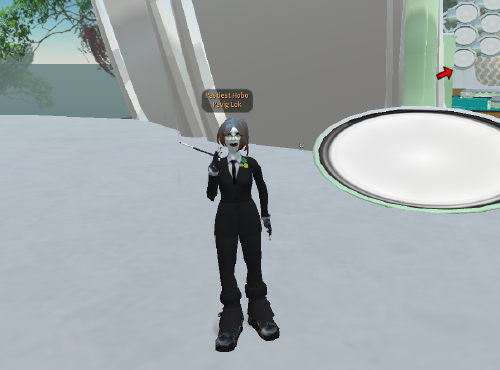
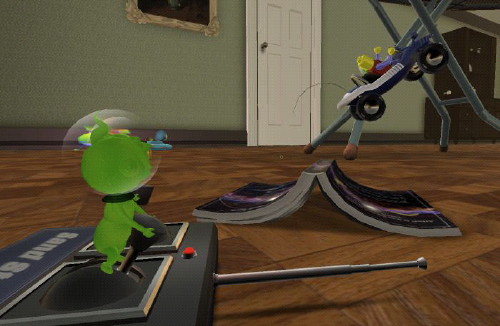
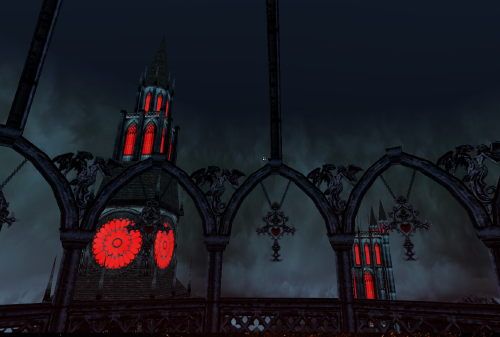
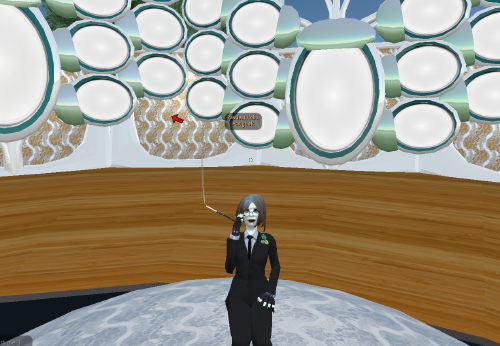
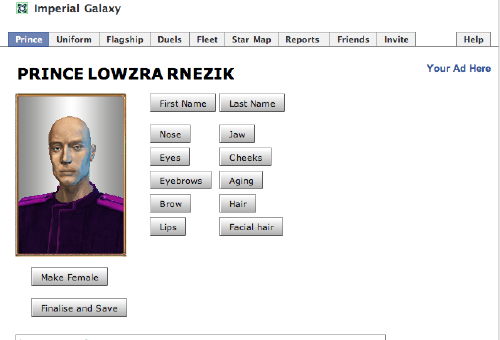

Recent Comments